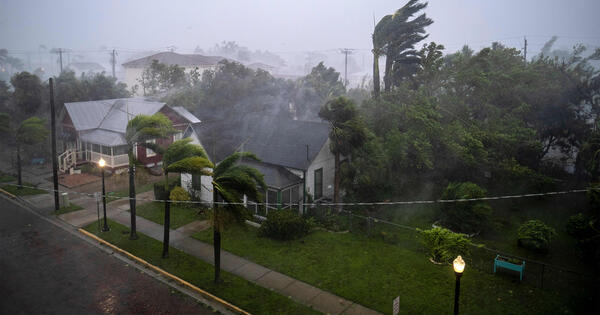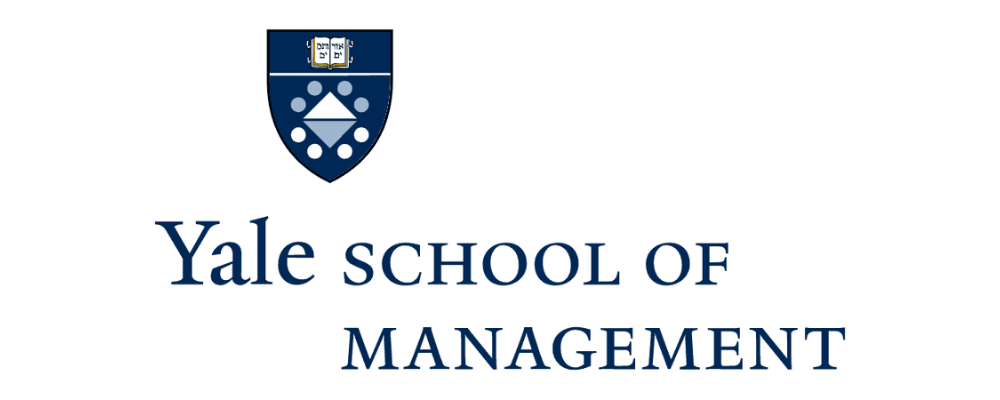
As climate change intensifies, homeowners are increasingly looking to retrofit their homes to make them more resilient and energy efficient, with projects such as hurricane-proof windows and doors, or solar panels on roofs. But not everyone can afford these important upgrades that would help them ready their homes against extreme weather and give them some buffer against rising home insurance premiums. A small but growing program known as PACE (Property Assessed Clean Energy) allows property owners in three states to borrow to finance such projects and pay them back as part of their local property tax bills. This financing mechanism puts these upgrades within reach of homeowners who don’t have the cash to front the cost or have a credit profile that makes them unlikely to get a loan.
The trade-off here is that you could have more delinquency on home mortgages or on the PACE loans themselves, but you’re improving the resiliency of the housing stock against risks that are becoming more palpable with climate change.
In 2023, the Consumer Financial Protection Bureau (CFPB) raised concerns that such loans led to higher mortgage delinquency and other negative credit impacts on borrowers. But new research by Yale SOM’s Cameron LaPoint highlights a number of positive impacts of these financial contracts.
“If you go one step further and look at a more big picture view of this, the trade-off here is that you could have more delinquency on home mortgages or on the PACE loans themselves, but what you might get is that you’re improving the resiliency of the housing stock against these risks that are becoming more palpable with climate change,” says LaPoint. And because the lending criteria don’t take into account a borrower’s credit score, they allow more people to participate in retrofitting the nation’s housing stock. This type of loan, therefore, may have the effect of “democratizing access to credit.”
Over the past two decades, 38 states in the U.S. have passed legislation enabling PACE financing programs, mostly for commercial properties. In California, Florida, and Missouri, though, PACE loans are available for residential properties. LaPoint and his co-authors, Aymeric Bellon of UNC Chapel Hill, ESCP Europe’s Francesco Mazzola, and Guosong Xu of Erasmus RSM, constructed a unique loan-level dataset to evaluate how the program functioned in Florida, a state that is subject to frequent hurricanes and storms, and where property insurance premiums have tripled since 2019.
Working with administrative data from about a third of Florida’s 67 counties and a private data vendor, they linked loan-level data from the Florida PACE market to property characteristics, building permits, mortgages, liens, and home damage caused by natural disasters. Their final data set comprised more than 16,000 PACE loans originated in Florida by a coalition of three large residential PACE lenders between 2015 and 2023. The properties had an average value of $300,000, and the loan size averaged $30,000, with a 7% interest rate.
They found that the CFPB’s concern about elevated delinquency rates was justified. Borrowers on average paid an additional $2,831.79 annually towards a PACE loan balance, which is a 79% increase in the total combined property tax bill for an average borrower. That jump led to a one-percentage-point increase in the probability of a borrower’s being delinquent on their taxes during the same tax year in which the loan was taken out. But the authors also found that the delinquency is almost entirely driven by PACE borrowers who are long-time homeowners, suggesting that it’s possible they just aren’t used to setting aside additional property taxes in an escrow account, as is often done automatically for mortgage borrowers.
The researchers also compared PACE borrowers to borrowers who used a more traditional financial product to finance home improvement projects, a home equity line of credit (HELOC), since these borrowers typically have better credit profiles and receive slightly better terms for their loans. PACE borrowers have less wealth and more financial constraints than HELOC borrowers—their homes are smaller, older, and less valuable. And, the authors found, they had a 20% higher delinquency rate than HELOC borrowers within one year of receiving a loan.
But they also found that PACE loans were doing what they were intended to do: improving the local housing stock by allowing higher-risk borrowers to finance climate resiliency projects. In analyzing what types of home improvements projects each town clerk had recorded on permit applications, they saw that PACE permits were for the most part directed towards impact-resistant window and door installations (22%) and roofing repairs or reinforcements (22%). Smaller shares of the loans went towards solar panel installations (15%) and installation of modern heating, ventilation, and air conditioning (11%). By contrast, more than half of the residential permits that were not attached to a PACE loan were for home improvement projects that fell outside of these climate resiliency categories, such as a kitchen remodel.
In fact, the researchers found that some people who took advantage of PACE loans were also HELOC borrowers, suggesting that homeowners may have used the necessary rebuilding after a natural disaster as a chance to also, say, finally update that tacky guest bathroom. “There are fixed costs to doing home improvement projects,” LaPoint notes. “So, if you get some damage to your roof, obviously that’s bad, because now you’ve got to get a new roof. But it means that, well, if I have to have a contractor come up to my house anyway, I might as well do several things.”
Whether a PACE borrower focused solely on climate-proofing or also undertook additional cosmetic work, PACE loans were associated with higher home values, the researchers found. The average PACE property saw price appreciation of $81,000—a return almost three times the loan amount, and a 27% higher increase than for properties which did not yet have access to PACE financing.
Higher home values can also unlock more mortgage lending, even though PACE borrowers are slightly more at risk of delinquency, the researchers found. This finding helps address policymakers’ concerns that because PACE loans are super senior debt—meaning they must be repaid ahead of other outstanding obligations, including primary mortgages— a county with a PACE program might see depressed mortgage lending. However, LaPoint and his colleagues found that, contrary to policymakers’ fears, PACE adoption in a county led to a 1.5% increase in mortgage approval rates for home purchase financing.
Finally, LaPoint and his co-authors estimated what the PACE program means for the bottom line of the localities that are ultimately on the hook for the loans. They found that even with the elevated risk of delinquency, counties with PACE programs received, on average, around $664 in net tax benefits per borrower-year, thanks to the expanded tax base. That’s without counting other likely positive spillover effects, such as increased economic activity thanks to all the construction work, and a reduction in home insurance premiums.
This finding, LaPoint says, may offer “a lesson for policymakers who are thinking about doing something like PACE versus more traditional subsidized credit programs.” States often pledge taxpayer money directly in order to offer more affordable, lower-interest rate loans. But PACE allows states to expand their borrowing pool and still maintain higher interest rates, just by removing the major loan eligibility criteria—that is, credit scores—that often keep riskier borrowers out of the market. “You’re doing a public-private partnership, and not pledging any taxpayer money,” he says. “And you’re taking away this additional screening— that’s really the unique financial innovation towards closing the green investment gap here.”
“The Yale School of Management is the graduate business school of Yale University, a private research university in New Haven, Connecticut.”
Please visit the firm link to site


